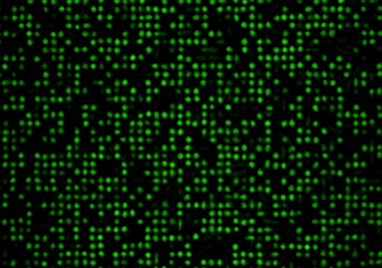UCI scientist helps create nanomaterials that mimic living tissue

A team of researchers including Allon Hochbaum, UCI assistant professor of chemical engineering & materials science, has made a breakthrough recently in creating synthetic materials that behave like living tissue. In a paper published in Nature Chemistry, the scientists discuss the development of nanomaterials that transform in response to chemical signals. Applying amino acids to a base molecule that functions as an organic semiconductor, Hochbaum and his collaborators demonstrated that the nanostructure can toggle electric conductivity on and off through self-assembly and disassembly. “Like neurons in the brain, these materials exhibit a remarkable ability to remodel their electrical connections,” Hochbaum said. “The assembly of these molecules is encoded in their dynamic chemistry, so by simply changing the chemical inputs, we can observe insulating nanomaterials, conductive nanomaterials, or nanomaterials that dynamically switch between conducting and nonconducting states. The fact that their assembly and conductivity evolve in water makes these materials all the more compelling for bio-interfacing applications.” Full press release